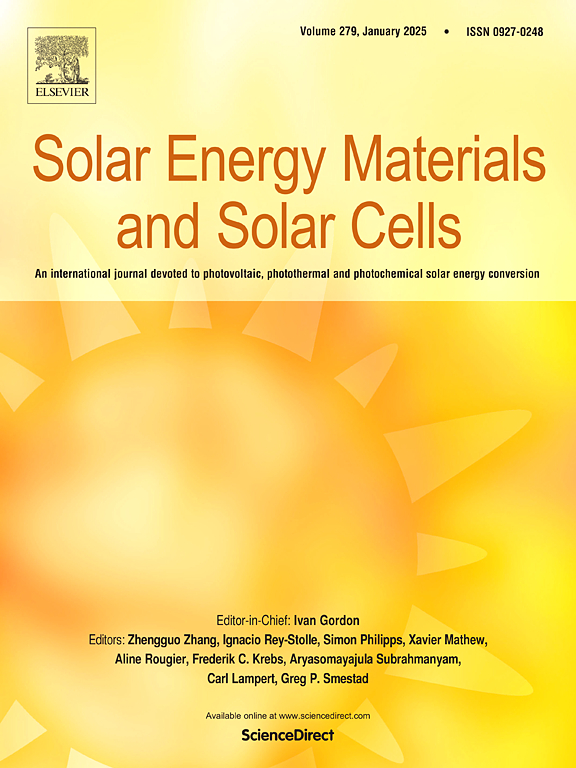Enhancing composite phase change material thermal performance by tuning phase change materials properties with nanoparticles
IF 6.3
2区 材料科学
Q2 ENERGY & FUELS
引用次数: 0
Abstract
Thermal Energy Storage (TES) , particularly latent heat TES, is a promising solution for waste heat recovery. However, phase change materials (PCMs), the main TES media in LHTES systems, face challenges such as limited thermal conductivity and large volume changes during phase transitions. Encapsulating PCMs within porous matrices to fabricate Composite Phase Change Materials (CPCMs) can address these issues, though CPCMs are attained through expensive and/or complex processes and/or have relatively low PCM content. This study introduces the use of SiO2 nanoparticles to enhance CPCMs, enabling the fabrication of CPCMs with high PCM content over 72 % through a simple mix sintering approach. The incorporation of nanoparticles enhances structural integrity and thermal performance. A CPCM, with 72 % NaNO3 content, achieves structural integrity, surpassing the 60 % PCM limit typically achieved without nanoparticles. The sample showcases only a 14 % decrease in energy storage density compared to pure NaNO3 with a 28 % increase in thermal conductivity and a much lower coefficient of thermal expansion compared to the PCM. Further research in this area can potentially resolve the current material level issues of latent heat TES.

求助全文
约1分钟内获得全文
求助全文
来源期刊

Solar Energy Materials and Solar Cells
工程技术-材料科学:综合
CiteScore
12.60
自引率
11.60%
发文量
513
审稿时长
47 days
期刊介绍:
Solar Energy Materials & Solar Cells is intended as a vehicle for the dissemination of research results on materials science and technology related to photovoltaic, photothermal and photoelectrochemical solar energy conversion. Materials science is taken in the broadest possible sense and encompasses physics, chemistry, optics, materials fabrication and analysis for all types of materials.
 求助内容:
求助内容: 应助结果提醒方式:
应助结果提醒方式:


